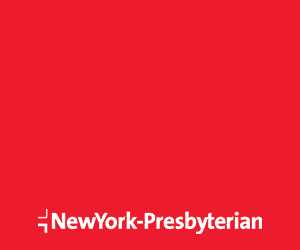In a nutshell
This study investigated the effectiveness and safety of the R-B (rituximab, bendamustine) regimen versus the R-CHOP (rituximab, cyclophosphamide, doxorubicin, vincristine, prednisone) regimen in patients with grade 3A follicular lymphoma (FL3A). This study concluded that R-B is better tolerated and more effective than R-CHOP, making it a valid treatment option for these patients.
Some background
Follicular lymphoma (FL) is the most common type of non-Hodgkin’s lymphoma (NHL). FL is classified into 3 grades. FL grade 3 is further divided into grade 3A (FL3A; similar to lower FL grades) or 3B (FL3B; similar to diffuse large B-cell lymphoma, DLBCL).
The current standard first-line treatment for these patients is immunochemotherapy. This type of treatment combines immunotherapy and chemotherapy to stimulate the immune system to attack and destroy cancer cells. One such regimen is R-B, or rituximab (Rituxan) plus bendamustine (Treanda). Compared to R-CHOP, this regimen has been shown to improve outcomes with fewer side effects. Whether R-B is safer and more effective than R-CHOP as a first-line treatment for FL3A patients remains under investigation.
Methods & findings
This study involved 132 patients with FL. All patients received either R-B (46.9%) or R-CHOP (53%) immunochemotherapy. Patients were followed for an average of 14.8 to 15.2 years.
At follow-up, 16% (R-B) and 41% (R-CHOP) of patients relapsed. Average progression-free survival (time from treatment before disease progression) was 15 years (R-B) and 11.7 years (R-CHOP). These rates were significantly different.
The overall response (cancer shrinks or disappears after treatment) rate was 97% (R-B) and 96% (R-CHOP). 77% (R-B) and 80% (R-CHOP) of patients showed complete remission (disappearance of cancer). 15% (R-B) and 10% (R-CHOP) of patients showed partial remission (shrinkage of cancer). These differences were not statistically significant.
10% (R-B) and 26% (R-CHOP) of patients experienced serious neutropenia (low white blood cell count). 4% (R-B) and 14% (R-CHOP) of patients experienced serious anemia (low red blood cell count). 11% (R-CHOP) of patients reported seriously low platelet (blood cell involved in clotting) count. 1% (R-B) and 45% (R-CHOP) of patients reported numbness or tingling in the hands or feet. 3% (R-B) and 15% (R-CHOP) of patients reported treatment-related skin rash. 3% (R-B) and 13% (R-CHOP) of patients experienced secondary cancers. All of these rates were statistically significant.
Infections due to neutropenia occurred in 5% (R-B) and 35% (R-CHOP) of patients, although this was not statistically significant. All patients treated with R-CHOP also experienced hair loss, compared to none in the R-B group.
The bottom line
This study concluded that the R-B regimen is better tolerated and more effective than R-CHOP, making it a valid treatment option for patients with grade 3A follicular lymphoma.
The fine print
This study looked back in time to analyze data collected over a long period of time. This study also did not conduct a central review of pathology results for all patients. As a result, the collected data may be incomplete. Also, more studies are needed to further investigate the lower rates of relapse in the R-B group compared to the R-CHOP group.
What’s next?
If you have grade 3A follicular lymphoma, talk to your care team about the potential benefits of the R-B (rituximab, bendamustine) regimen compared to the standard R-CHOP regimen.
Published By :
The Oncologist
Date :
Jan 09, 2018








